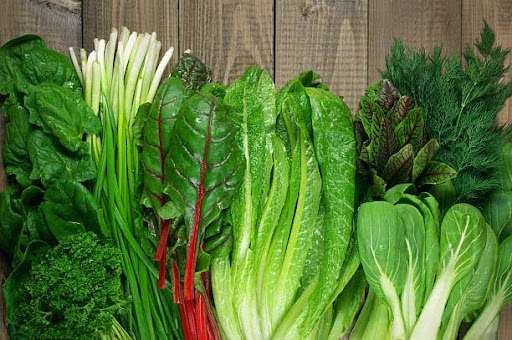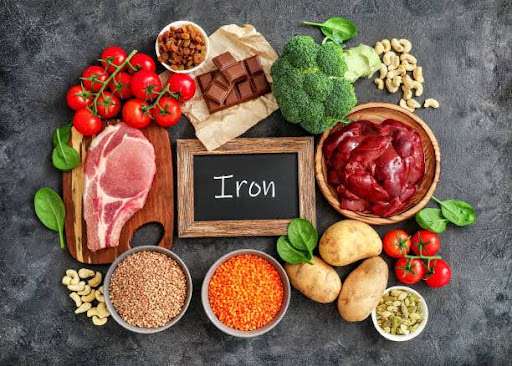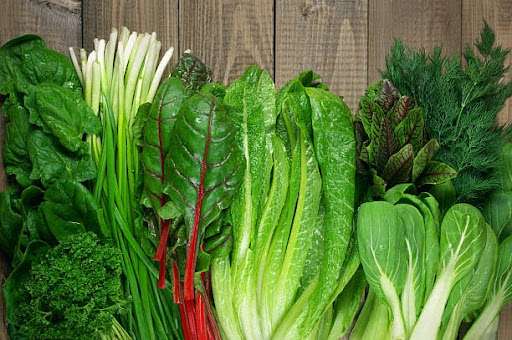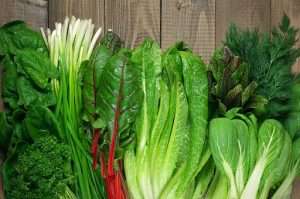For many of us, childhood memories include being given a mix of malt and milk during or after an illness. Our parents, with the best intentions, believed this concoction would “give us blood.” But as it turns out, this is a misconception. While malt and milk are nutritious, they don’t directly increase blood levels. In contrast, certain vegetables and other foods are far more effective in boosting hemoglobin.

Hemoglobin, the protein in red blood cells that carries oxygen throughout the body, is crucial for health. When it comes to increasing hemoglobin levels, the focus should be on iron-rich foods. Iron is a key component of hemoglobin, and its dietary sources include:
Leafy Green Vegetables: Spinach, kale, and other leafy greens are excellent sources of iron.
Meat and Fish: Especially red meat and oily fish like salmon.
Legumes: Beans, lentils, and chickpeas are great for vegetarians and vegans.
Nuts and Seeds: Particularly pumpkin seeds, almonds, and cashews.
Another aspect of improving hemoglobin levels is the use of supplements like Ferobin. Ferobin is a blood tonic formulated to aid in the prevention and treatment of anemia. It’s particularly beneficial in scenarios of ill health, poor nutrition, or conditions requiring a quick restoration of hemoglobin levels. By promoting the formation of red blood cells, it helps replenish the body’s hemoglobin stores.
It’s important to understand that while traditional beliefs like the malt and milk remedy are well-intentioned, they may not always be scientifically accurate. Embracing a diet rich in iron and considering supplements like Ferobin, under a healthcare provider’s guidance, can make a real difference in managing hemoglobin levels. Let’s nourish our bodies with the right foods and knowledge to maintain our health effectively.







